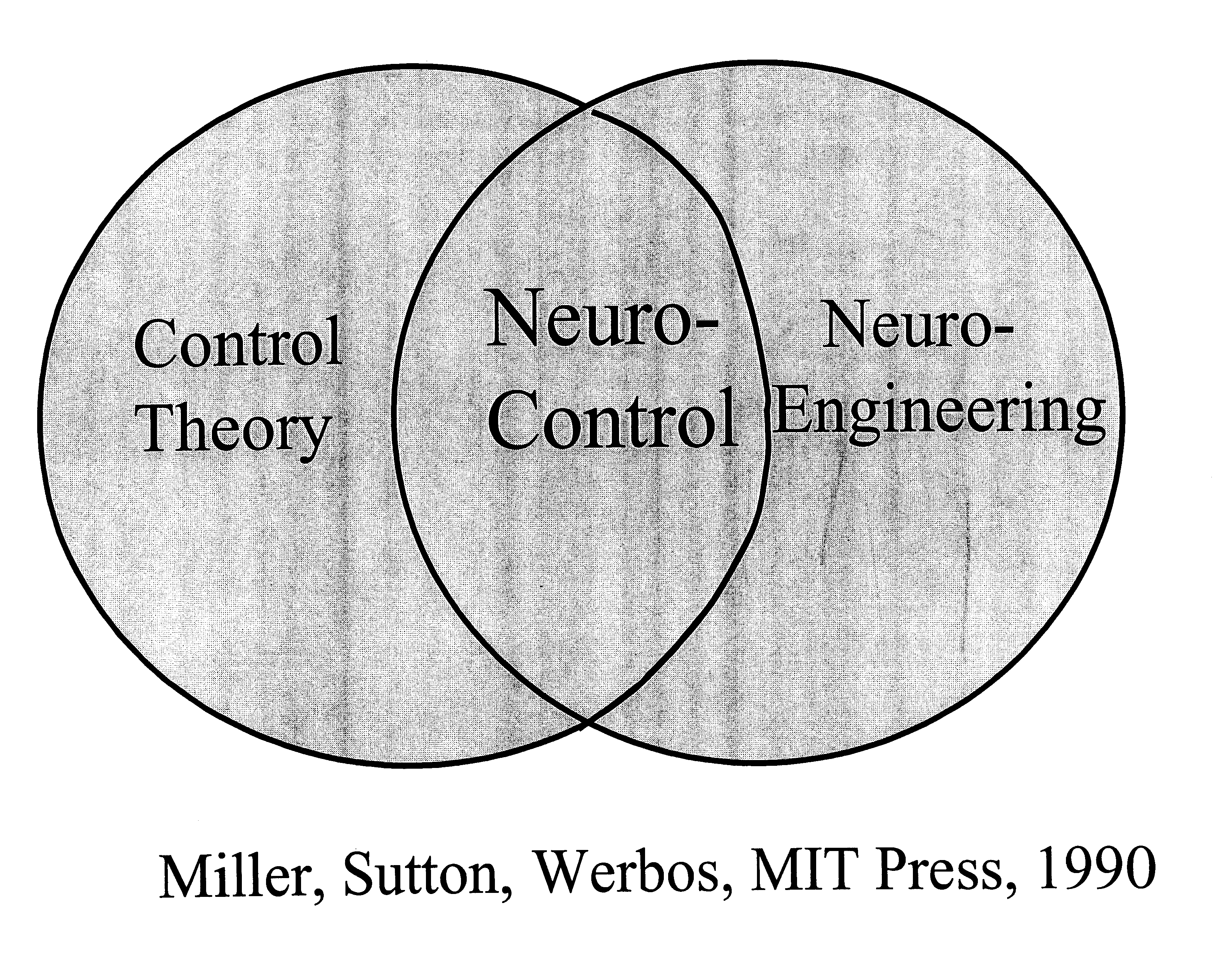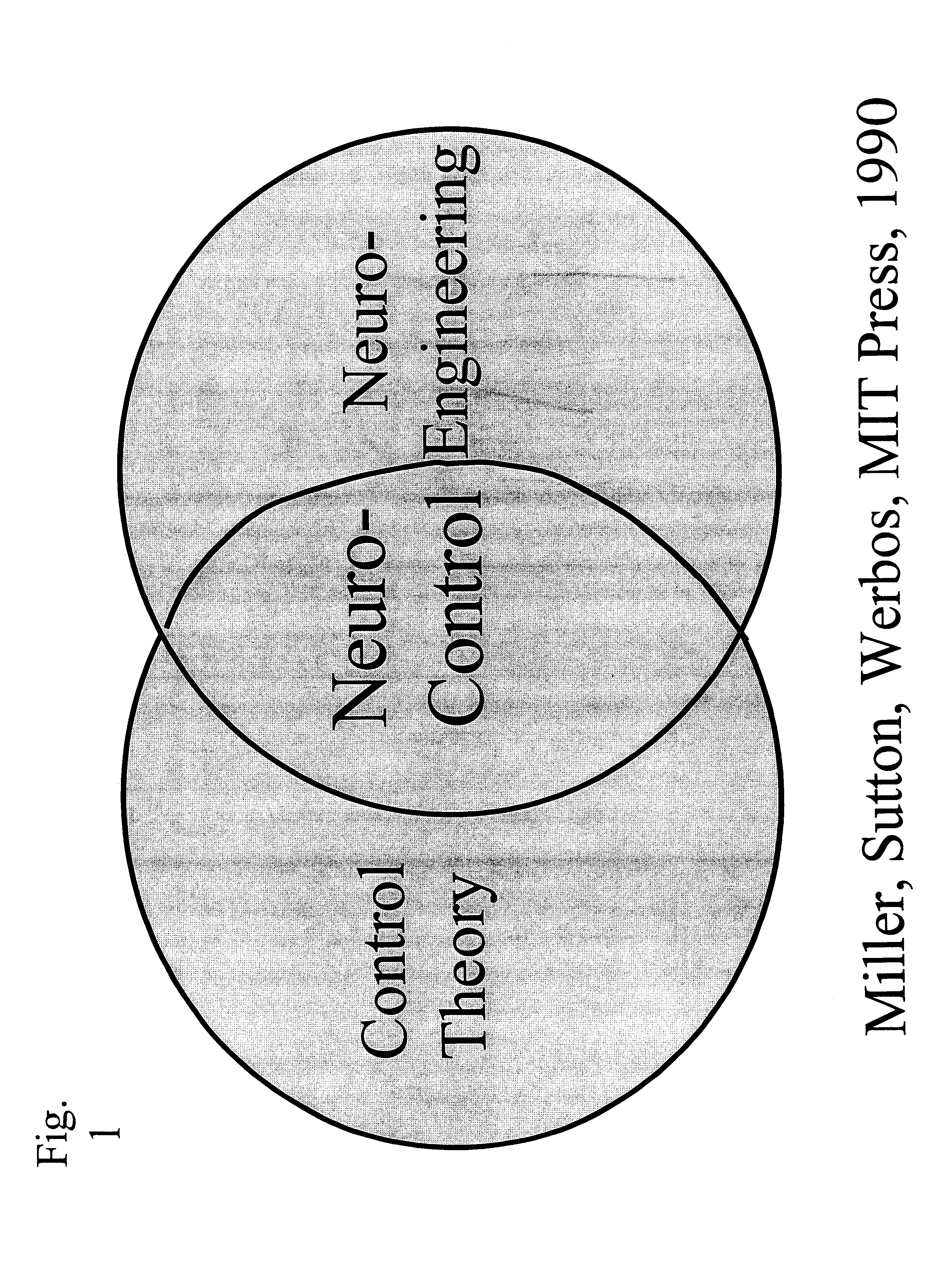Neural networks for intelligent control
a neural network and intelligent control technology, applied in adaptive control, testing/monitoring control systems, instruments, etc., can solve the problems of other more difficult applications, far more difficult and current, and difficult to figure out what the real choices are from the different schools of control theory
- Summary
- Abstract
- Description
- Claims
- Application Information
AI Technical Summary
Benefits of technology
Problems solved by technology
Method used
Image
Examples
Embodiment Construction
[0044]The method and system of the present invention are described hereinafter. As would be readily understood by one of ordinary skill in the art based on the teachings herein, the system of the present invention can be implemented using any one of a number of techniques. Those techniques include, but are not limited to, using: (1) a general-purpose computer (including a processor, memory, and peripheral devices), (2) an ASIC, and (3) a programmable logic device (e.g., a one-time programmable device or a re-programmable device). Examples of re-programmable devices include SRAM-based, DRAM-based and non-volatile memory (e.g., EEPROM)-based devices (e.g., FPGAs). Furthermore, a hybrid design using a combination of at least two of options (1)-(3) is also possible.
[0045]In a computer-implemented embodiment, the system includes at least one computer readable medium. Examples of computer readable media are compact discs, hard disks, floppy disks, tape, magneto-optical disks, PROMs (EPROM...
PUM
 Login to View More
Login to View More Abstract
Description
Claims
Application Information
 Login to View More
Login to View More - R&D
- Intellectual Property
- Life Sciences
- Materials
- Tech Scout
- Unparalleled Data Quality
- Higher Quality Content
- 60% Fewer Hallucinations
Browse by: Latest US Patents, China's latest patents, Technical Efficacy Thesaurus, Application Domain, Technology Topic, Popular Technical Reports.
© 2025 PatSnap. All rights reserved.Legal|Privacy policy|Modern Slavery Act Transparency Statement|Sitemap|About US| Contact US: help@patsnap.com



